Celadon sake cup by Masao Tagai
Celadon sake cup by Masao Tagai
Couldn't load pickup availability
Width: 5.8cm x 5.8cm Height: 5.9cm
Celadon sake cup by Masao Tagai
1. Overview of the work
This small, cylindrical sake cup fits comfortably in the palm of your hand, and is covered on all sides in a clear, "Uka Tensei" glaze. The mirror-like glaze surface reflects the light softly, and the slightly milky layer that flickers deep inside gives depth to the quiet blue. The rim is held in place with an extremely thin layer of glaze, allowing the silver-gray iron rim to stand out clearly, giving a sharp finish to the blue world while leaving room for the black luster to grow over the years.
2. Beauty of form and function
| part | Shape characteristics | Effect of use |
|---|---|---|
| Mouth rim | Very thin chamfer + iron edge | Smooth on the lips and drips well. The iron rim creates a look that deepens with age. |
| Body | Cylindrical shape with slightly bulging shoulders and tapered bottom | The handle is stable and the temperature of the sake can be changed gradually with the heat of your hands. |
| Heights | The low base of the go board shows the raw material | It is difficult to tip over and creates a shadow between the tabletop and the container, giving it a light and airy appearance. |
3. Glaze and firing
Glaze design <br data-start="518" data-end="521">The iron powder is subjected to a high-temperature reduction firing process, which is then lightly switched towards oxidation towards the end of the process, to reduce the redness and achieve a balance between a clear blue and the depth of the milky layer.
Suppression of Crazing <br data-start="606" data-end="609">The expansion coefficients of the clay and glaze are nearly identical so as not to impair the aroma and flavor of the sake, and large cracks are suppressed. Fine ice cracks appear like a haze depending on the light.
Mirror Finish <br data-start="685" data-end="688">After firing, the piece is re-fired at a low temperature using reduction firing, re-melting only the surface layer of the glaze and achieving a moist, glossy finish.
4. Historical background and design intent
The pale blue ware from Song Dynasty's Longquan kilns was highly valued in Japan as "Karamono" (Chinese goods), and tea masters of the Momoyama period loved iron rims and exposed base as a way of expressing the wabi aesthetic. Based on this classical beauty, Tagai Masao has re-edited it into a minimalist shape and light volume that is suitable for modern drinking ceremonies. By combining the serenity of the glaze with the wabi aesthetic of the iron rim, he pursues "poetry within utility."
5. Suggestions for enjoying the experience
| Sake Type | Recommended temperature | Synergistic effect with the vessel |
|---|---|---|
| Ginjo and Daiginjo | 8–12 °C | The blue color of the sake brings out the transparency of the sake and subtly brings out the aroma. |
| Junmai/Yamahai | 15–20 °C | The cylindrical shape smooths changes in sake temperature, bringing out the flavor |
| Kijoshu and Aged Sake | 35–40 ℃ (lukewarm) | The astringency of the iron rim contrasts with the amber color of the sake, deepening the aroma of aging. |
6. Points to note when viewing
Clouds in the glaze layer – The slanting light makes the milky opacity appear cloud-like, amplifying the depth of the blue.
The beauty of the aged iron rim – the more it is used, the deeper the black luster becomes, creating a richer contrast with the pale blue.
Shadows around the foot – The exposed base and the shadow cast by the low foot make the vessel appear light.
7. Conclusion
This celadon sake cup is a "scenery in the palm of your hand" that blends the serenity of the clear blue color, the wabi-sabi of the iron rim, and the functionality of the cylindrical shape that is easy to handle in the palm of your hand. The expression of the surface of the vessel changes with each sip, and the process in which the haze under the glaze deepens over the years overlaps with the memory of the sake, weaving a rich story. Please use it for many years to come and enjoy the changing of the celadon along with the sake of the four seasons.
A conversation with Masao Tagai – High-end pottery specialty store [Amagi-do]
Share
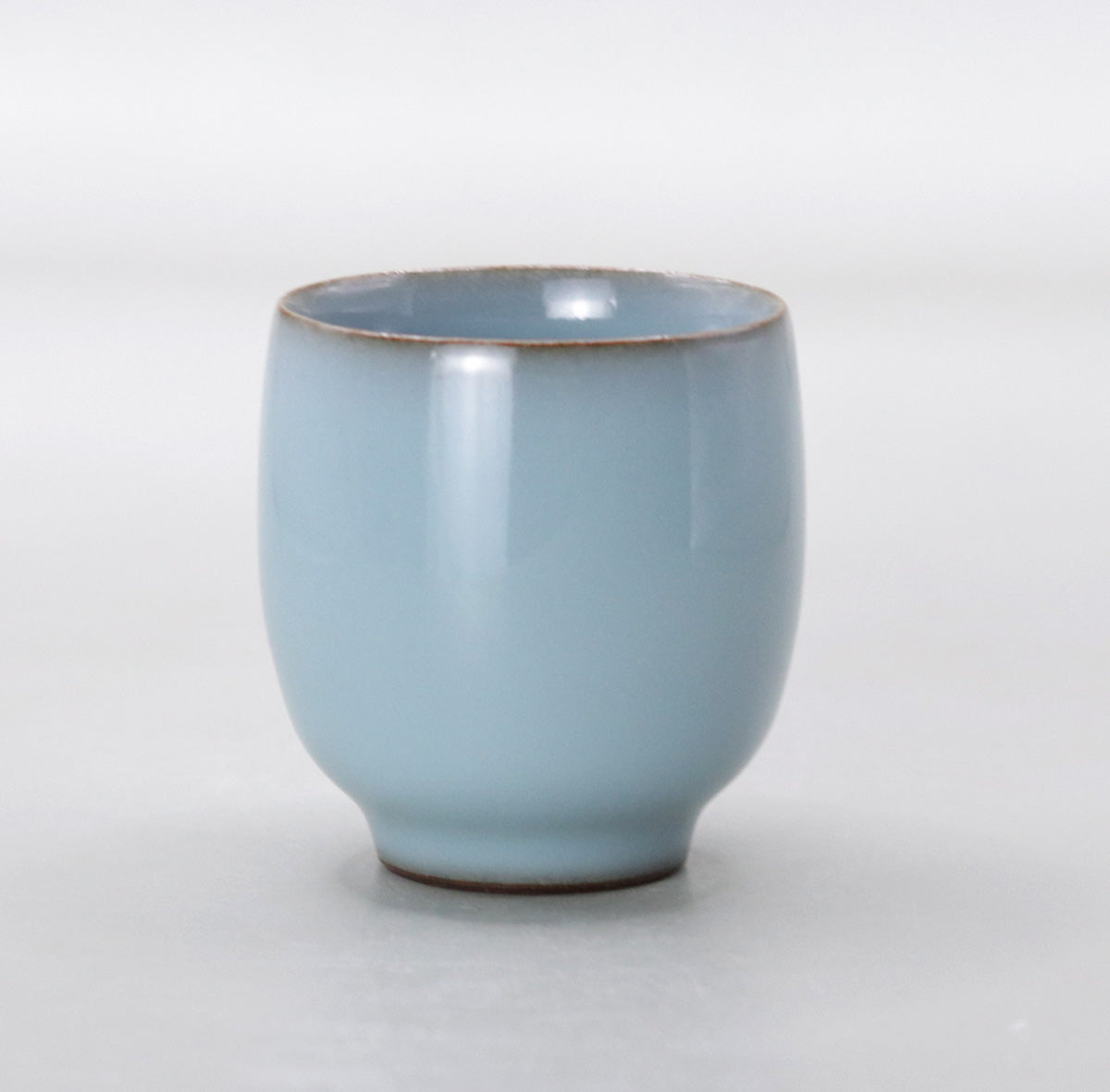
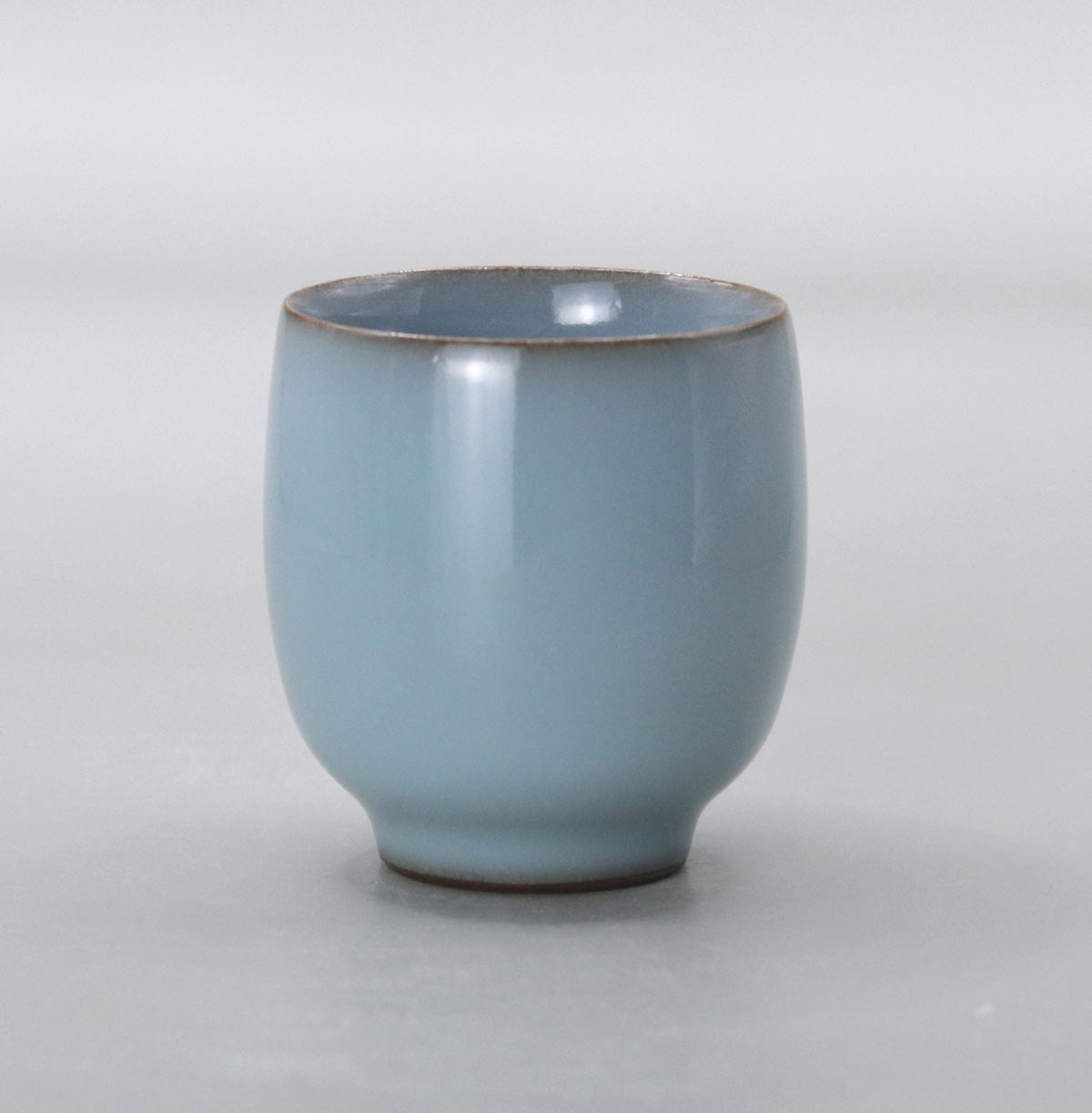
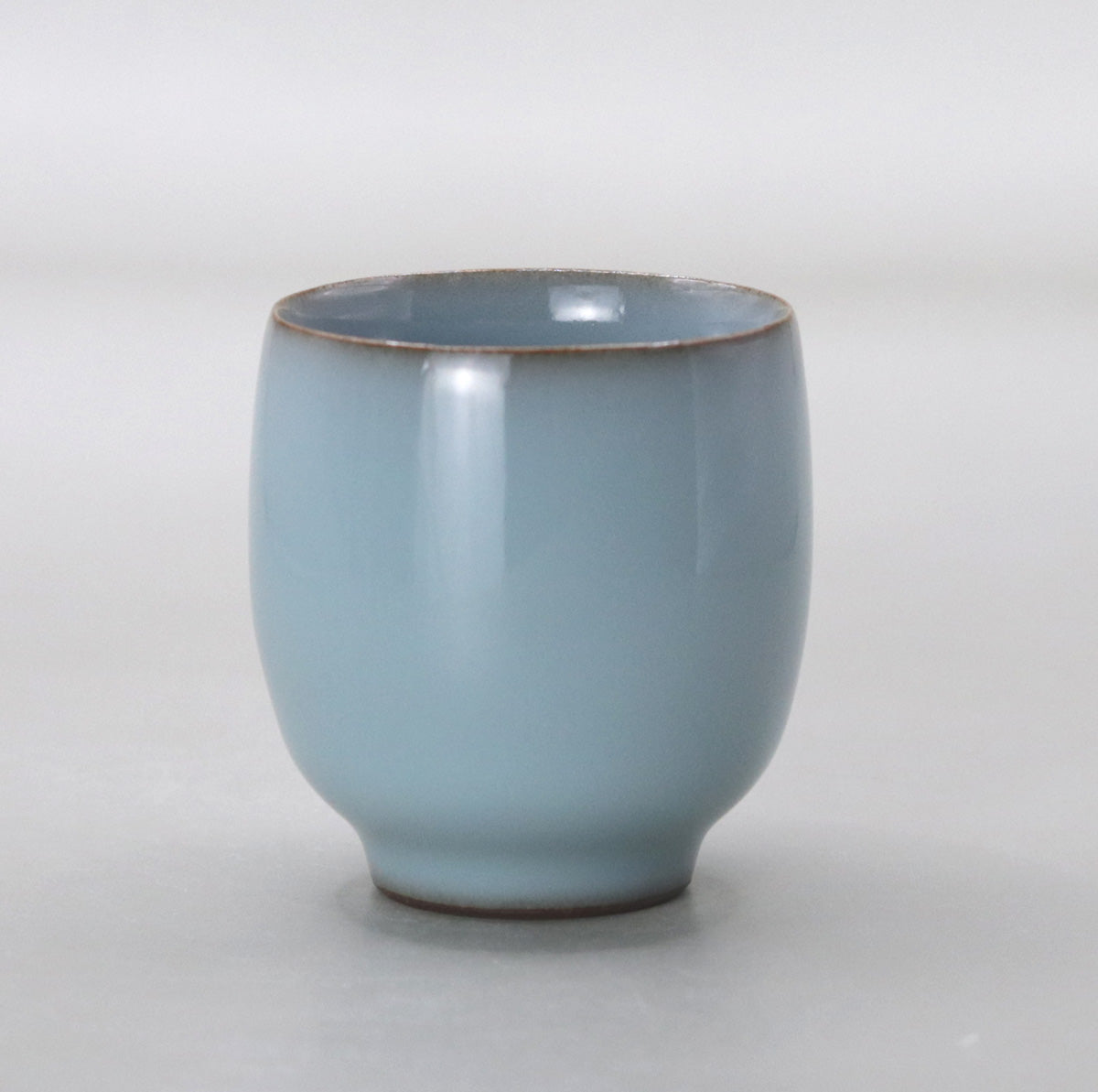
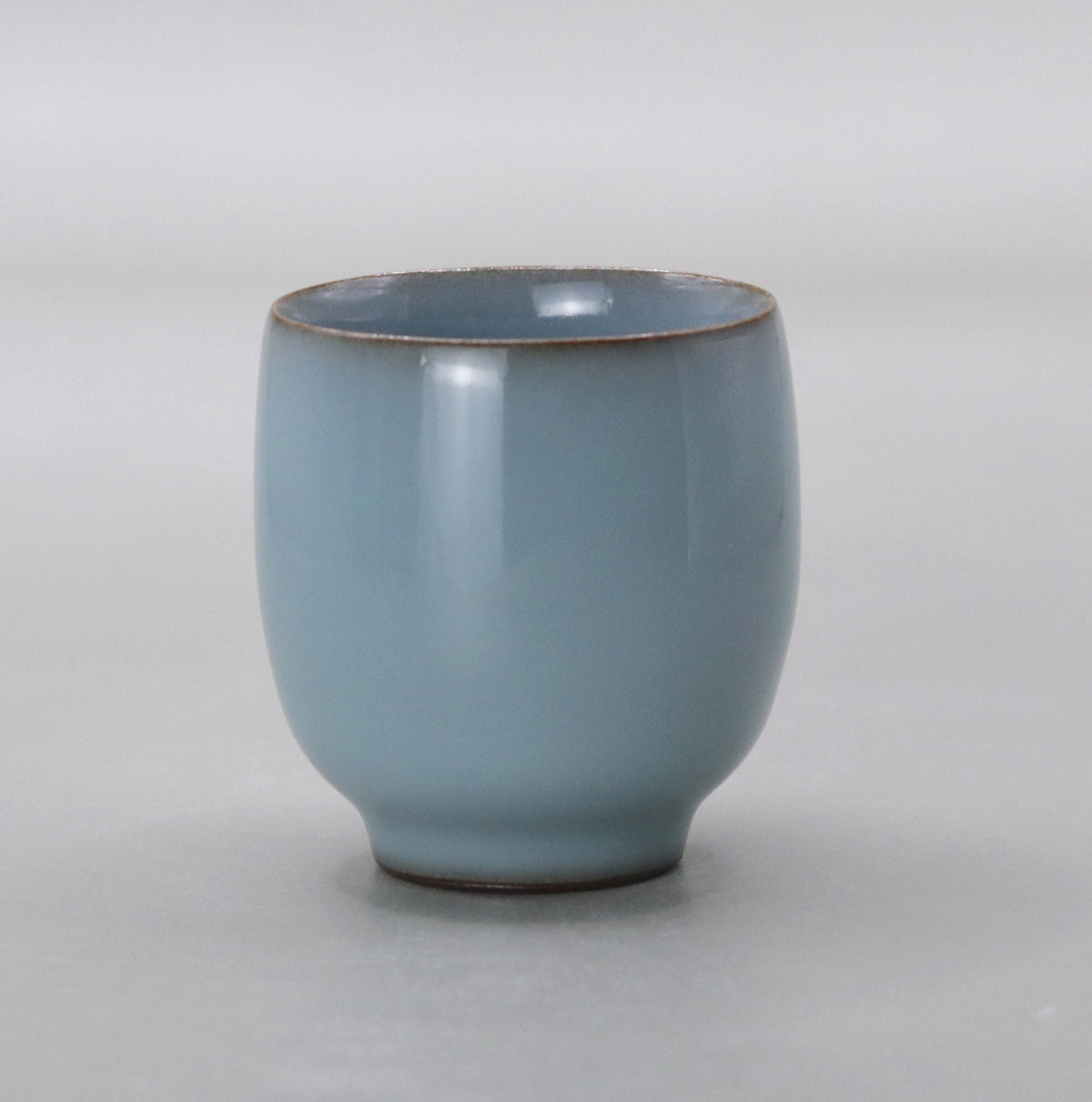
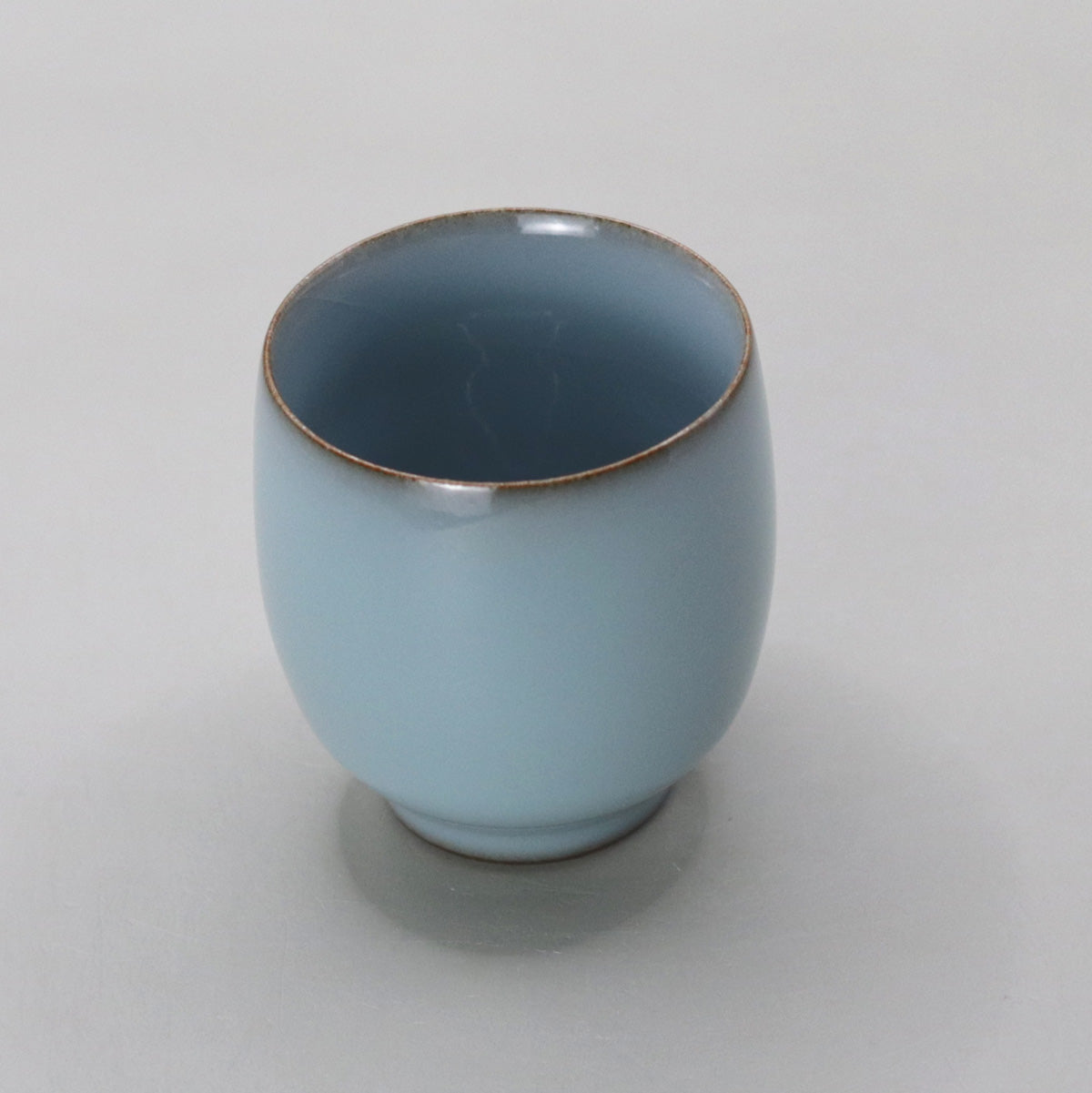
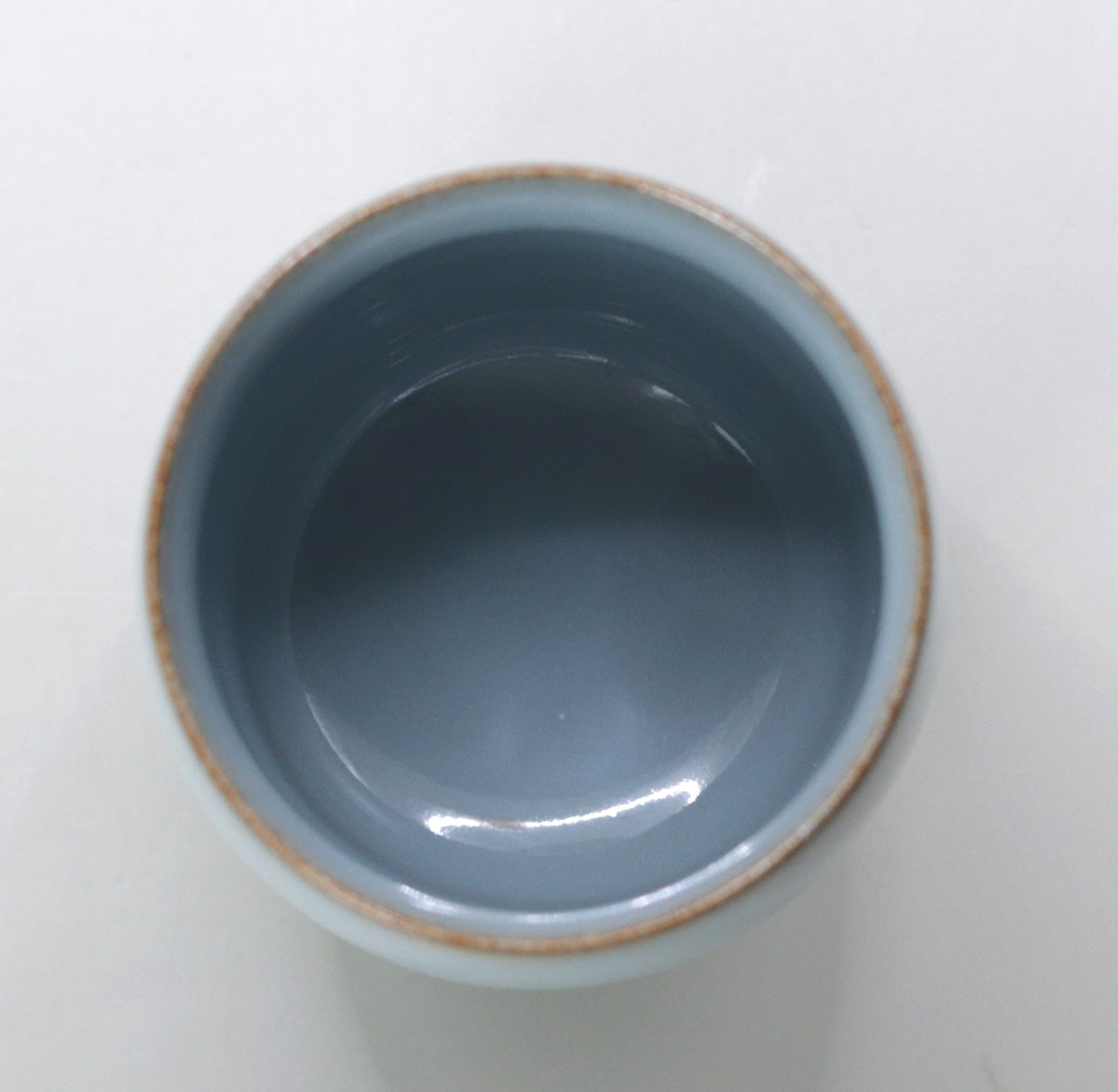
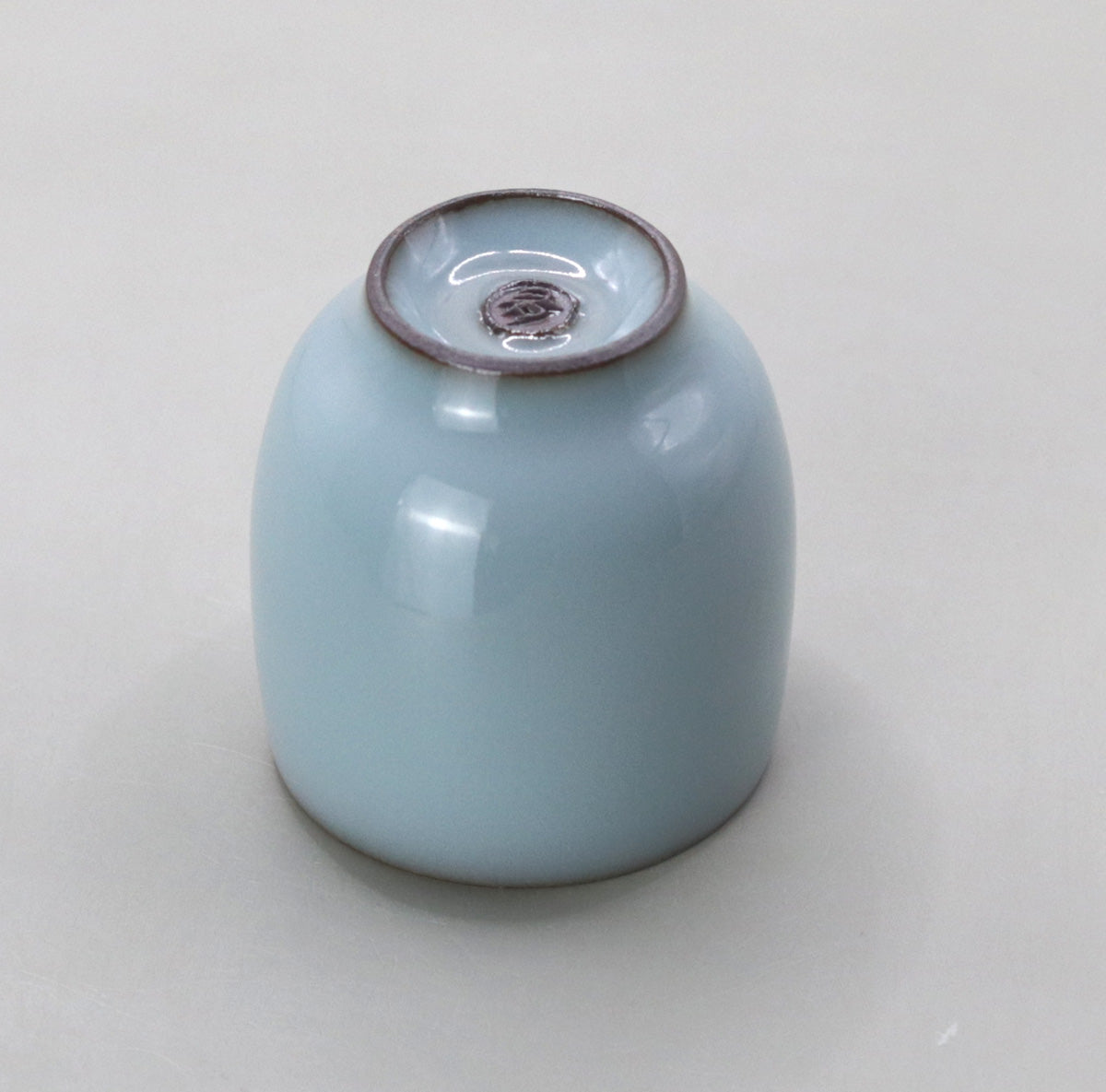
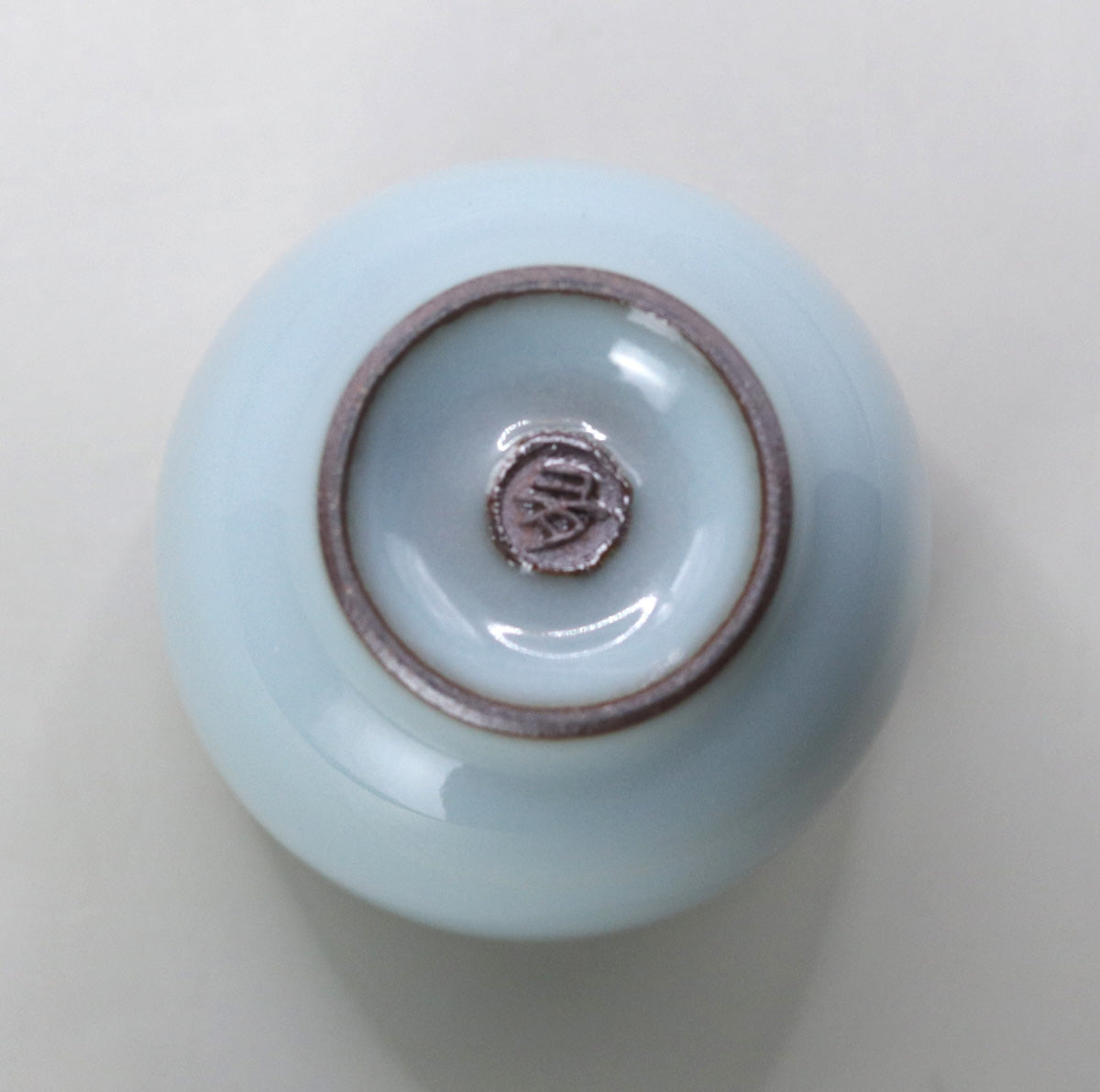
-
[I will send it to you quickly and carefully]
We carefully package each product in a way that suits it best.
Also, delivery times vary depending on the piece (vessel, etc.).
Items that already come with a box will be shipped within 1-3 days of the order date.
For items that require a box to be made after your order, it will take approximately 30 days for production to be completed and then shipped.
In either case, once we have confirmed your order, we will contact you by email to inform you of the delivery date.
-
[Requests when purchasing pottery]
Even products that look the same may differ slightly in color, shape, size, etc.
The way the glaze is used, the power of the kiln, the firing method, the season, and the humidity also affect the appearance of the pottery.
Please understand the individuality of each piece of pottery and enjoy the unique warmth of handmade.








